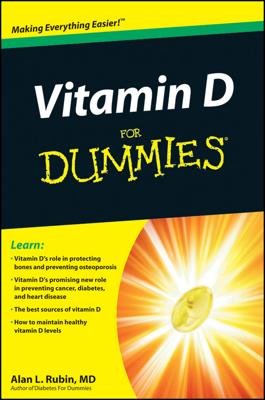Minerals are an essential part of a healthy diet. These inorganic nutrients occur naturally in nonliving things, such as rocks and metal ores. You get essential minerals by including plants in your diet. Plants get their essential minerals from soil.
Some minerals interact with other minerals or with medical drugs. For example, calcium binds tetracycline antibiotics into compounds your body can’t break apart so that the antibiotic moves out of your digestive tract, unabsorbed and unused. That’s why your doctor warns you off milk and dairy products when you’re taking this medicine.
Most minerals have names reflecting the places where they’re found or characteristics such as their color. For example, the name calcium comes from calx, the Greek word for “lime” (chalk), where calcium is found; chlorine comes from chloros, the Greek word for “greenish-yellow,” which just happens to be the color of the mineral.
Other minerals, such as americium, curium, berkelium, californium, fermium, and nobelium, are named for where they were found or to honor an important scientist.
Think of your body as a house. Vitamins are like tiny little maids and butlers, scurrying about to turn on the lights and make sure that the windows are closed to keep the heat from escaping. Minerals are more sturdy stuff, the mortar and bricks that strengthen the frame of the house and the current that keeps the lights running.
Nutritionists classify the minerals essential for human life as either macrominerals (major minerals) — the group that includes electrolytes — or trace elements. The difference between these groups of minerals, nutritionally speaking, is how much you have in your body and how much you need to take in to maintain a steady supply.
Your body stores varying amounts of minerals but keeps more than 5 grams (about 1/6 of an ounce) of each of the macrominerals and principal electrolytes on hand; you need to consume more than 100 milligrams a day of each macromineral to maintain a steady supply and to make up for losses. You store less than 5 grams of each trace element and need to take in less than 100 milligrams a day to stay even.
The following major minerals are essential for human beings:
Calcium
Phosphorus
Magnesium
Sulfur
Sodium
Potassium
Chloride
Sodium, potassium, and chloride, are also known as the principal electrolytes.
Although sulfur, a major mineral, is an essential nutrient for human beings, it’s almost never included in nutritional books and/or charts. Why? Because it’s an integral part of all proteins. Any diet that provides adequate protein also provides adequate sulfur.
Trace elements also are minerals, but they’re present in much, much smaller amounts. That’s why they are called trace minerals. You need just a trace. Get it? Good! Trace elements include:
Iron
Zinc
Iodine
Selenium
Copper
Manganese
Fluoride
Chromium
Molybdenum

